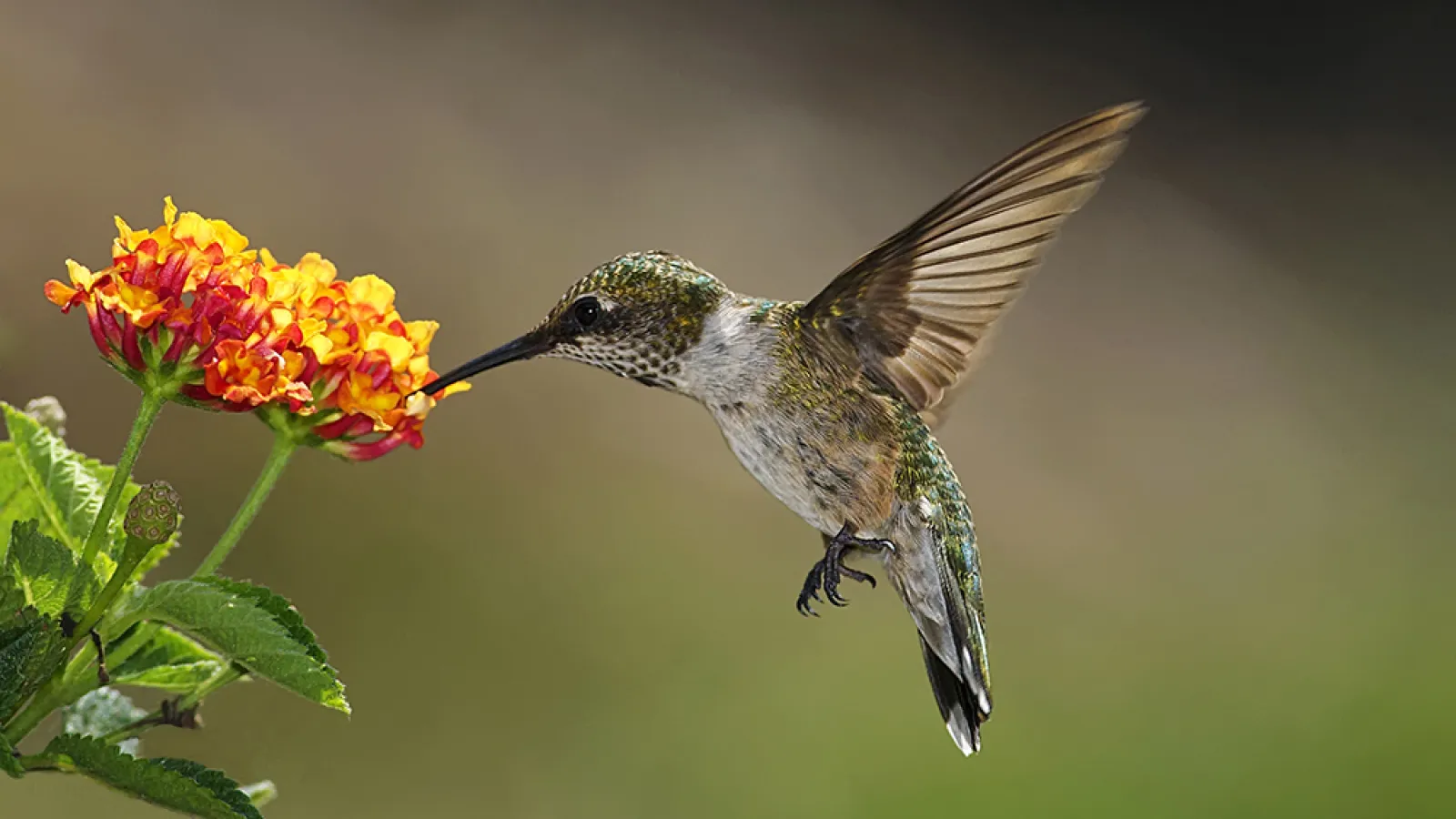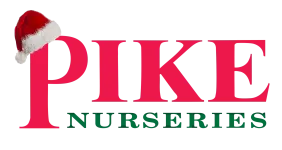
Garden Lesson:
Birds
Set up the lesson
Ask Questions
Below are questions that can help guide your conversation and can be tailored to the age of your children. See more grade-specific vocabulary words and topics in the education standards links at the bottom of this page. A printer friendly copy of the lesson with more content and an activity sheet is linked below, as well.
- Why are birds important? Birds are important to our ecosystem - they help us & we help them. They help plants produce flowers, vegetables and fruits through pollination. They help control pesky bugs that can damage plants. They help spread plants around the planet. Plus they're just plain fun to watch!
- Why are our gardens important to birds? Our gardens provide a habitat. What's a habitat? A habitat is a place with food, water and shelter for birds to survive
- What makes a bird a bird? Feathers! All birds have feathers and they are the only animals that do. Kids will likely say other things: they fly, they have beaks, they lay eggs. All are good answers but other animals do those things too (bugs fly, turtles have beaks, butterflies lay eggs). Feathers are unique to birds.
- What kinds of birds do we see where we live? Blue jays, bluebirds, cardinals, hummingbirds, robins, finches, sparrows, warblers, wrens, and more. Kids may give other answers like ducks, penguins, eagles, etc. Those are accurate, but this lesson focuses on common songbirds and hummingbirds.
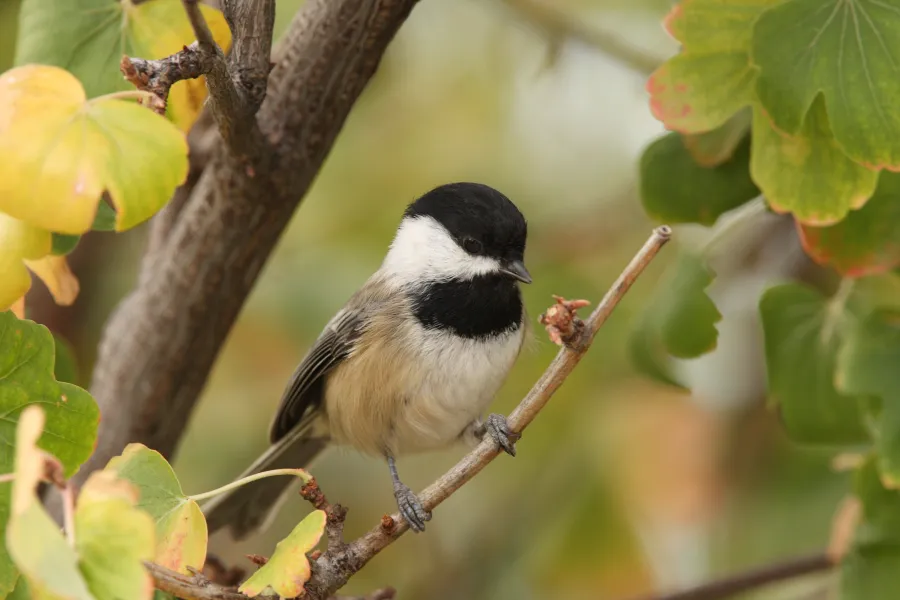
Attract Birds to Your Garden
Now that we know how important birds are, let's encourage them to visit our yards.
- Plant flowers with nectar for hummingbirds, such as honeysuckle, butterfly bush, daylilies, salvia, and bee balm.
- Add flowers and bushes that produce berries and seeds for other types of birds. This includes blueberries, mulberries, hollies, and junipers, sunflowers, echinacea, coreopsis, and rudbeckia.
- Add plants that provide shelter, such as oak, spruce, arborvitae, willow, boxwoods, rhododendron, flowering quince, and purple fountain and pink muhly grasses.
- Give them fresh water with a bird bath.
- Put out bird houses to give them a place to build nests and hide from predators and storms.
- Put out extra food with bird feeders. Use seed feeders for songbirds and nectar feeders for hummingbirds. In winter, put out suet cakes and mealworms.
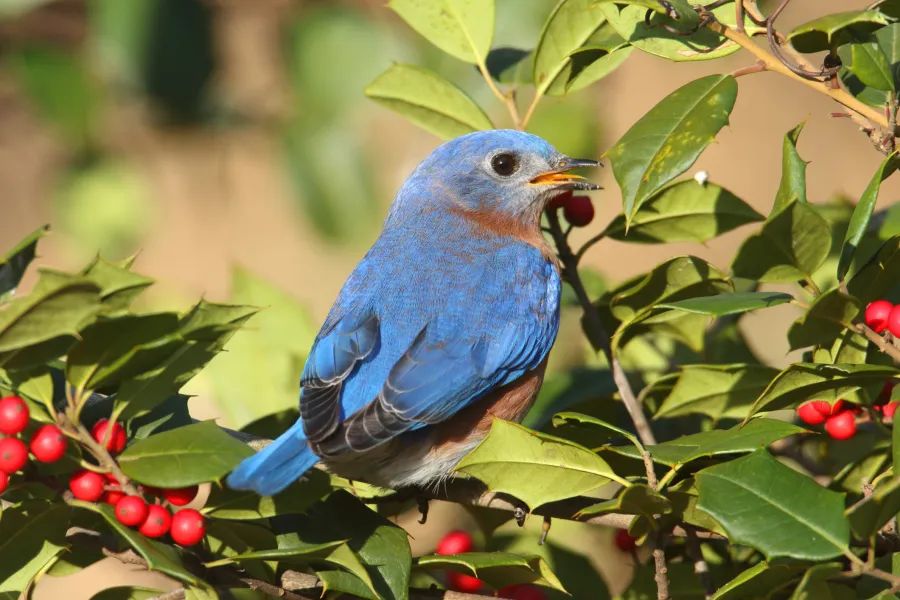
Other Bird Activities
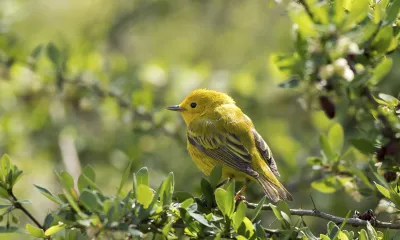
Garden Time
Add plants to invite birds. Here is a Hummingbird Container Garden project for small spaces. You can also add a
bird feeder, bird house and bird bath to your yard.
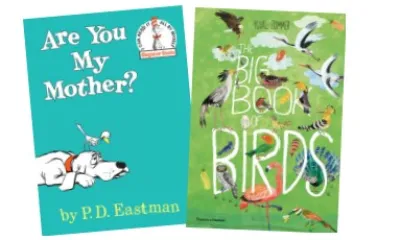
Story Time
Read books like "Are You My Mother?" by P.D. Eastman for beginning readers or "The Big Book of Birds" by Yuval Zomer for lots of fun factoids
about many types of birds.
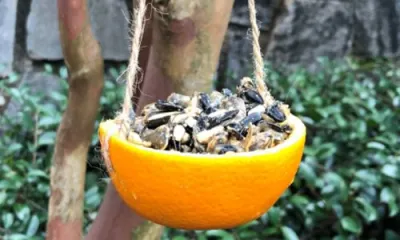
Craft Time
Build your own bird
feeders with these Citrus Bird Feeder and Bird Seed Ornament projects.
Education Standards
This lesson plan supports science education standards for grades K to 5.
Georgia
Kindergarten -
2nd Grade
Life
Science (SKL1 & SKL2)
Life
Science (S1L1)
Earth
& Space Science (S2E3) & Life Science (S2L1)
3rd - 5th Grade
Life
Science (S3L1)
Life
Science (S4L1)
Life
Science (S5L1)
North Carolina
